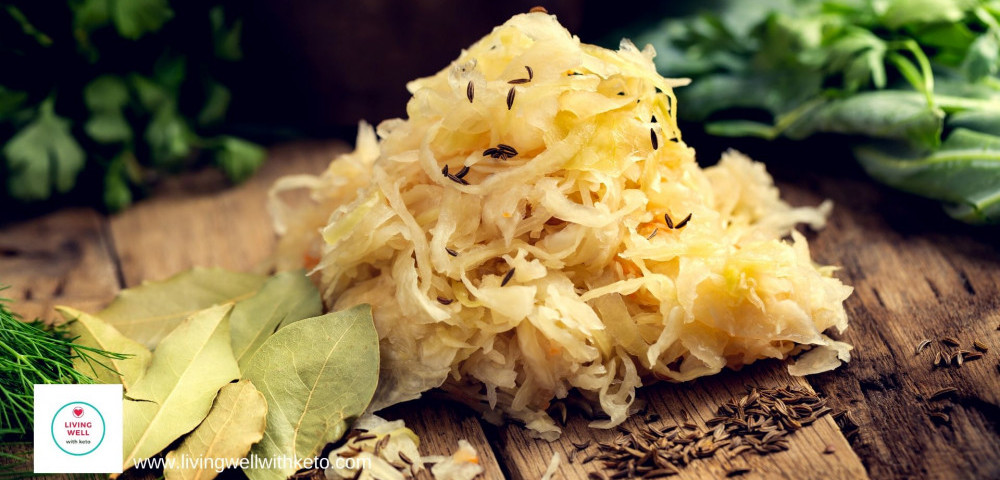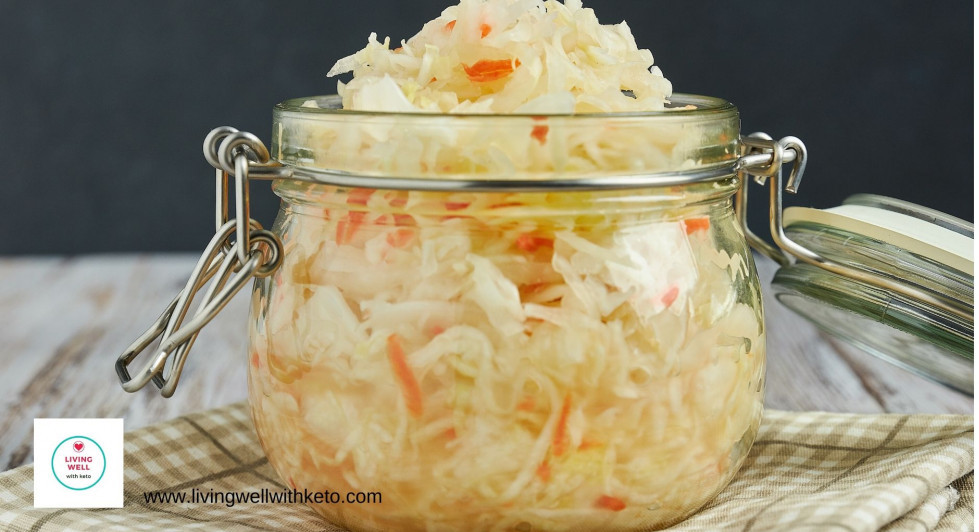If you’re interested in keeping your immune system in great shape, you will know that fermented foods make a great choice. The Health Benefits of Sauerkraut (and recipe) are a proven addition to your healthy eating regime.
Your gut contains billions of microorganisms that help your body to fight infection. They will act as a first line of defense against any harmful substance you may have ingested.(1)
The food you eat interacts with the immune system in several important ways.
Fermented foods and the immune system
The evidence for the potential health benefits of fermented foods is based on numerous epidemiological as well as clinical reports (reviewed in Marco and Golomb 2016
This study looked at ways that the food we eat influenced the health of the immune system as well as several other physical processes. They stated:
A recent field of intense interest has been the composition of intestinal bacteria, the “microbiome”, and how it can directly and indirectly modify the host’s immune function, susceptibility to infection, gastrointestinal symptoms, metabolism and energy balance.
You may also be interested in reading:
Who’s craving sugar, you or your gut bacteria?
In the case of food allergies there is a clear presence of an undesirable immune response to a certain nutrient.
There are proven indications that our food a contains substances which can have a positive or negative influence on immune system function.
Health Benefits Of Sauerkraut
it has long been known that eating fermented foods such as sauerkraut and kimchi can offer many health benefits.
Researchers at the University of Leipzig in Germany have found that the beneficial effects may be due to the bacteria found in fermented foods boosting the action of the immune system.
Sauerkraut contains probiotics which will help to keep your gut bacteria in balance. It contains a large quantity of lactic acid; vitamins A, B, C, and K; and minerals and has few calories (about 80 kJ/100g).
Microbial counts for sauerkraut were generally reported as LAB with counts ranging from 103 to 108 cfu/g. Reported samples were for sauerkraut originating from the United States, Finland, and Croatia. Levels of LAB and Lactobacillus were reported for olives produced in Italy, Greece, Portugal, Spain, and the United States. These products contained 104 to 108 cfu/g and were between 30 and 200 days. (2)
This study found that just one serving of sauerkraut may contain up to 28 distinct bacterial strains.
Easy Recipe for making Sauerkraut At Home
You’ll need:
- 2kg very firm, green or white cabbage with the outside leaves discarded.
- 3 tbsp Himalayan Pink Salt
- 1 tsp caraway seeds
- 1 tsp peppercorns
Method:
Make sure that all the bowl and utensils that you use for this recipe have been thoroughly cleaned and rinsed with boiling water beforehand.
Choose a container for the cabbage which will allow for a small space of a few inches about the level of the cabbage when filled.
Shred the cabbage into fine strips. Add the salt and massage into the cabbage for 5 -6 minutes. Let the cabbage rest and then repeat.
Your pile of cabbage should look much smaller and at this point you can add the peppercorns and the caraway seeds.
Cover the cabbage with clingfilm, making sure that you press out any air bubbles. Weigh the cabbage down with food tins or anything else that is heavy and clean.
Leave the cabbage in a dark room at 18 20 f. It’s important the room temperature remains constant.
You should see bubbles in the cabbage, and in the foam on the top of the brine.
You’ll need to wait at least five days, but the cabbage is at its best after 3 to 6 weeks, or until you see the bubbles have stopped.
Check the cabbage every day and releasing any gases that have built up and give the cabbage a stir to remove the bubbles. If there is scum, remove it and rinse the weights in boiling water and replace the cling film.
You should see bubbles in the cabbage, and in the foam on the top of the brine.
Test the taste of your cabbage regularly after about the first week. Once it has reached a taste you like, transfer the sauerkraut to sterilized jars
Store in the fridge for up to six months.
Enjoy!











